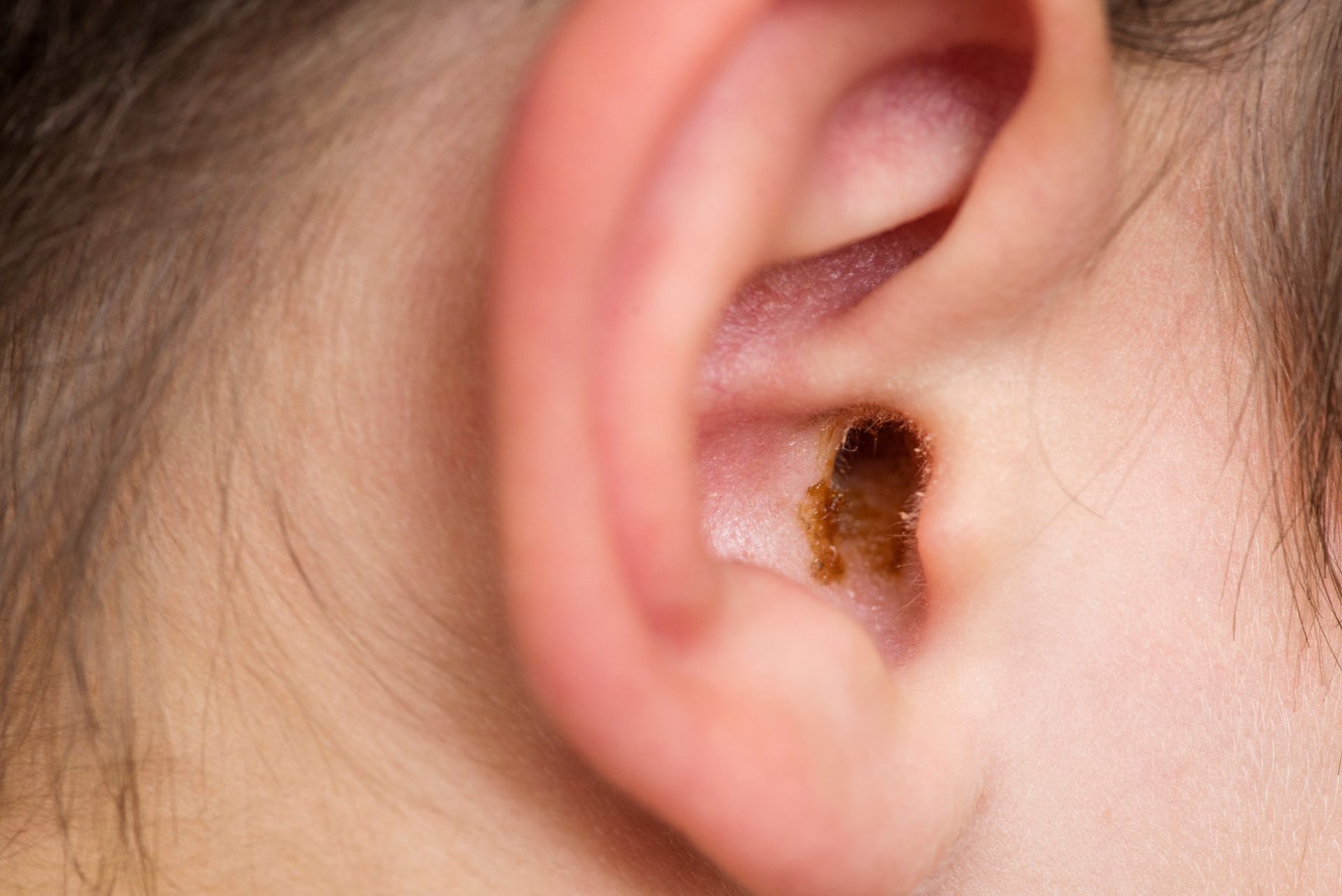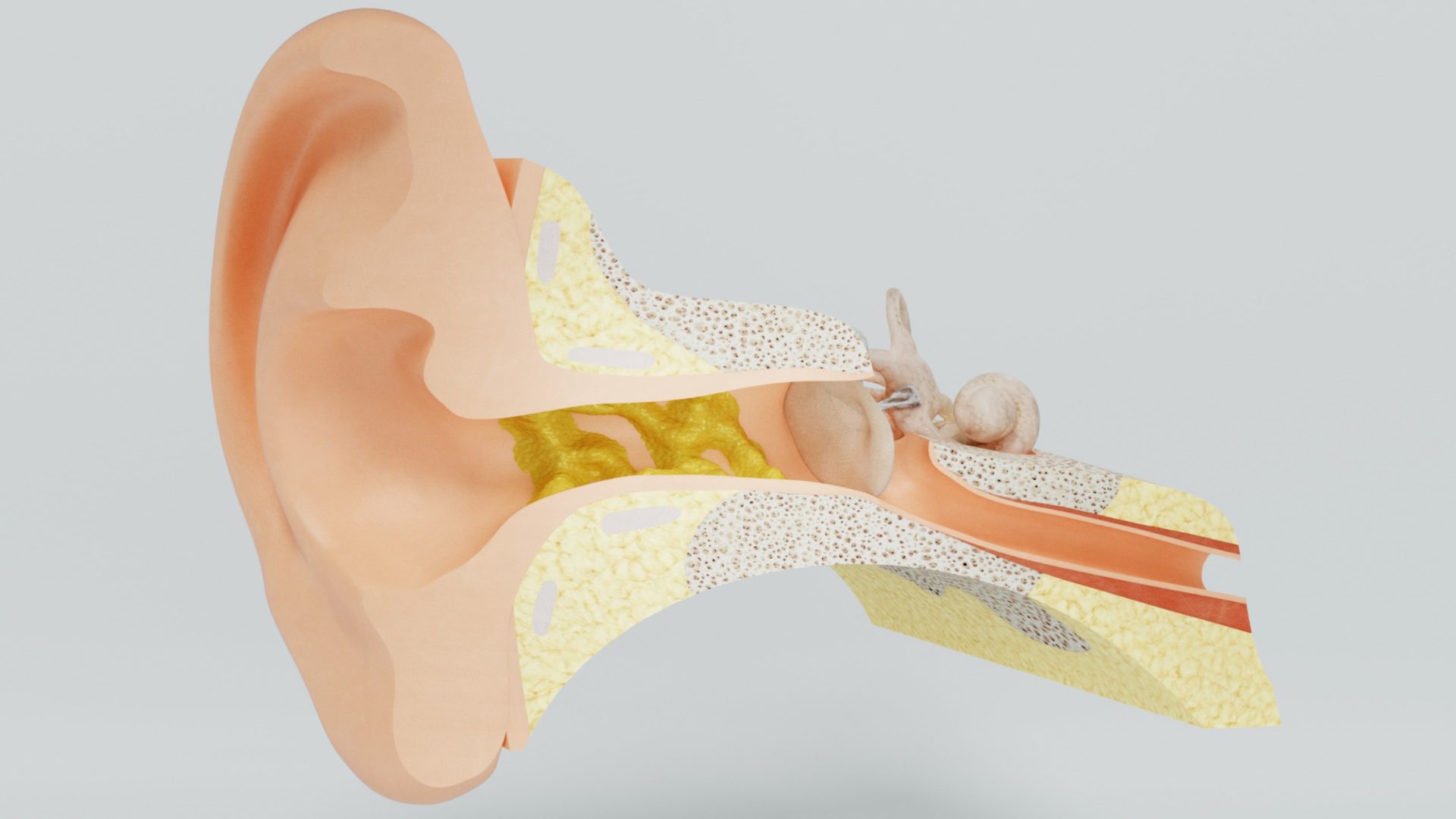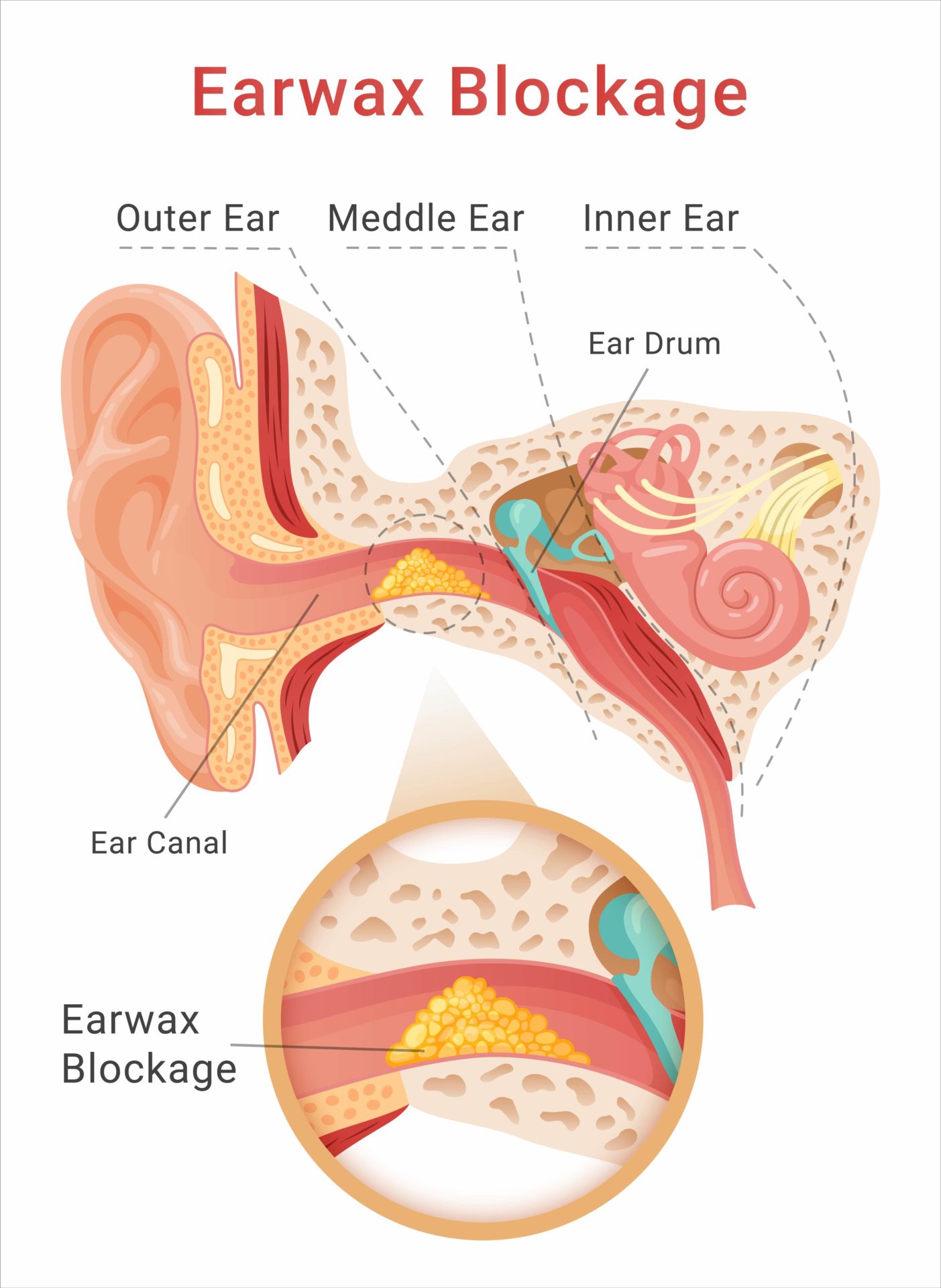There are lots of misconceptions surrounding ear wax. Some are true, and some are false. So, we must clear up what is right and wrong.
In today’s article, we will be discussing the common misconceptions about ear wax and other topics related to it.
Ear wax is dirty and unhealthy
The first misconception on our list is that ‘ear wax is dirty and unhealthy’. This is false. Ear wax is a natural and essential substance produced by our ears. It is not a result of poor hygiene but rather a necessary component of the ear’s self-cleaning mechanism and protection system. There are many functions of ear wax which play a crucial part in our ear health.
Firstly, it acts as a lubricant for the ears. Ear wax is excellent at keeping the ear canal moisturised and preventing it from becoming dry and itchy. Another function of ear wax is it traps dust, dirt, and other foreign particles that might enter the ear canal. It acts like a sticky barrier, preventing these particles from reaching the eardrum.
Also, many people don’t realise that ear wax is an underrated bacterial defence system. It contains antimicrobial properties that help protect the ear canal from bacterial and fungal infections. The properties create an acidic environment which discourages the growth of harmful microorganisms.
Finally, as ear wax is produced, it gradually pushes older ear wax from the ear canal towards the ear opening. This natural movement helps remove trapped debris and keeps the ear canal clean. It’s a natural and beneficial substance that plays a crucial role in maintaining ear health. It is not a reflection of poor hygiene, and attempting to remove it improperly can lead to more significant problems. Understanding the functions of ear wax and how to manage it safely is essential for maintaining good ear health.
Myth debunked!
Ear wax should always be removed
The next misconception about ear wax on our list is ‘ear wax should always be removed’. There is a widespread belief that ear wax should never be present in the ear canal, which is untrue. In reality, it is a natural and protective substance produced by our ear canals. Its presence is normal and healthy; and in most cases, ear wax does not need to be routinely removed, and attempts to do so without a specific reason can be counterproductive.
However, while ear wax generally does not require routine removal, there are situations in which removal may be necessary or beneficial. For example, if ear wax accumulates excessively, it can lead to symptoms such as hearing loss, ear pain, dizziness, or tinnitus. Also, another situation indicating you need your ear wax removed is if it becomes impacted. Ear wax impaction means the wax becomes tightly packed and difficult to naturally expel. It can cause severe discomfort and hearing problems, so if you start experiencing this you must speak to your audiologist.
If you’re looking to have your ear wax removed then look no further than us at Sutton Hearing Centre. We use a technique called microsuction, which is the gold standard for ear wax removal. The device is inserted into the ear to delicately extract ear wax from the ear canal using a gentle and highly effective suction; providing a safe and efficient method for ear wax removal.
To conclude this section, we must stress the importance of seeking ear wax removal from a professional. Attempting to remove ear wax at home using objects like cotton swabs, ear candles, or other tools can lead to injury, infection, or further compaction of the wax.
Myth debunked!
Hearing aids cause ear wax build-up
The final misconception about ear wax is that ‘hearing aids cause excessive buildup’. Many people believe that wearing hearing aids can lead to an increase in ear wax and cause it to build up more quickly – resulting in ear blockages or discomfort. In reality, while some hearing aid users may experience ear wax issues, it is not accurate to suggest hearing aids are the direct cause of it; there are other factors at play. Once you understand these factors, you will know how to manage your ear wax effectively while using your hearing aids.
Firstly, your hearing aid placement plays a role in ear wax build-up. Hearing aids are typically worn in or near the ear canal, which can halt the ear’s natural self-cleaning mechanism by obstructing the normal outward movement of ear wax. This can lead to ear wax accumulating more quickly near the microphone/speaker, which will cause your hearing aids to not function properly.
Also, it’s important to mention that everybody is different when it comes to ear wax production. Some produce a small amount and others create significant amounts; irrespective of whether they wear hearing aids. Neither are bad and you shouldn’t be concerned about it.
In addition, maintenance is crucial to the upkeep of hearing aids. If you neglect cleaning them regularly, then you will see an influx of ear wax. But if you clean them frequently, the ear wax produced won’t be troublesome and affect your hearing aids. So, to ensure they’re performing properly, maintain a cleaning routine, and schedule regular check-ups with your audiologist to evaluate their current condition.
Myth debunked!
We hope you’ve enjoyed reading our latest article about the common misconceptions about ear wax. If you have any further questions about the subject, get in touch with our friendly team today.
Alternatively, if you’ve been struggling to hear recently and you think it might be related to ear wax buildup – reach out to our team today for a full diagnostic.



